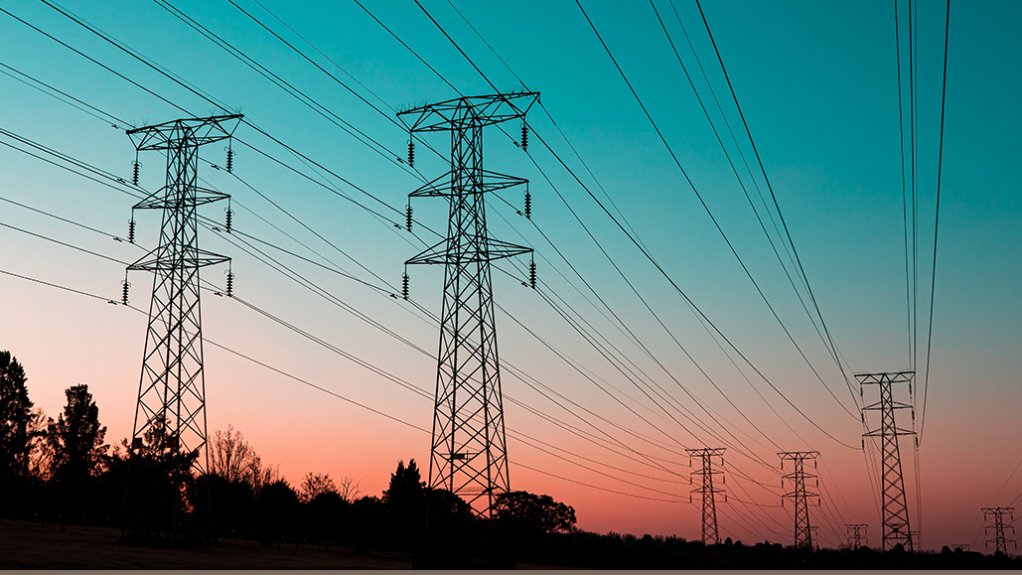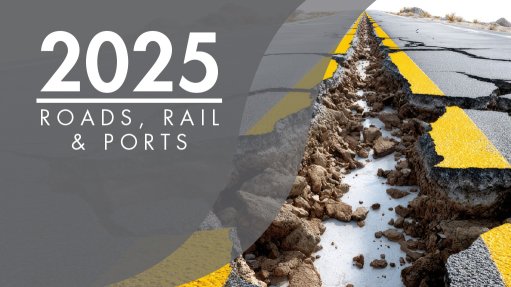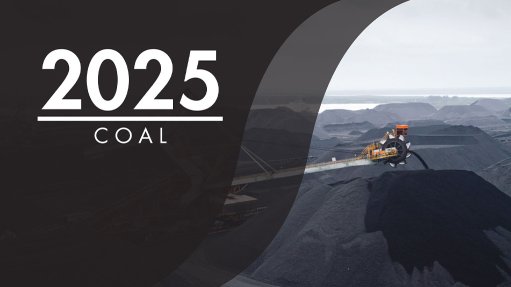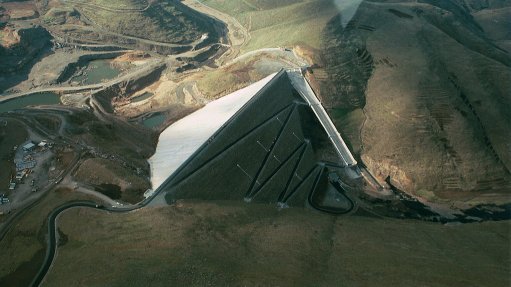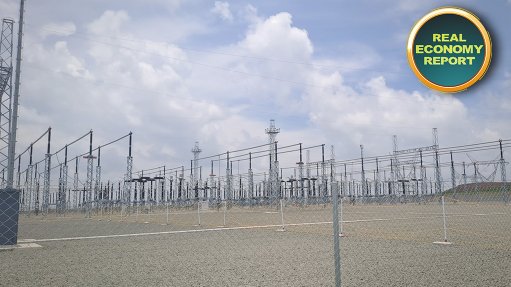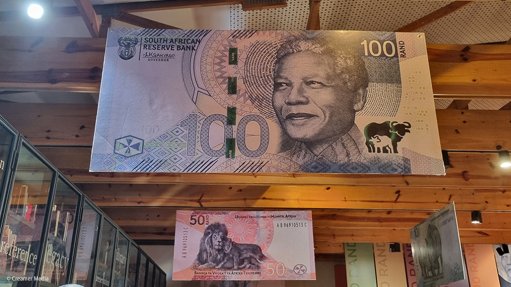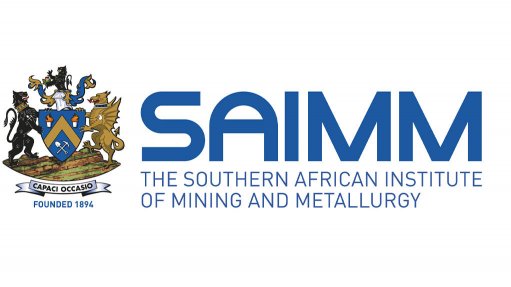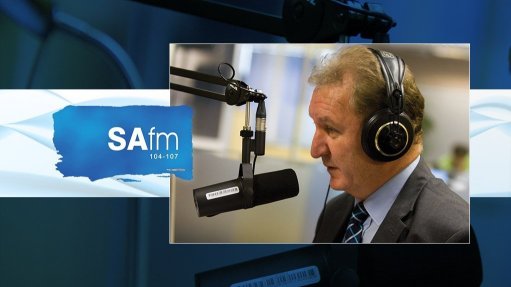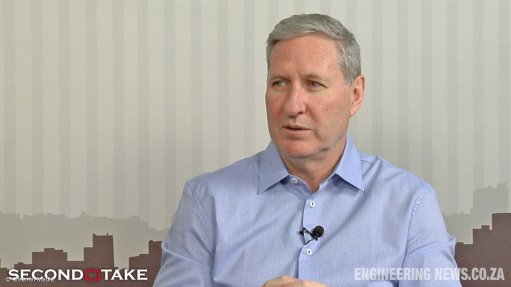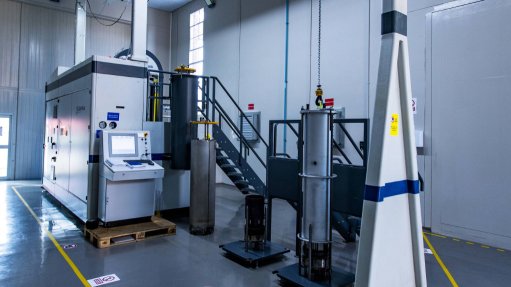4 200 MW SAPP deficit underscores urgency of regional power integration – Graham-Maré
Although the Southern African Power Pool (SAPP) faces a series of significant obstacles – such as insufficient transmission infrastructure; drought conditions affecting hydropower plants; theft and vandalism; high technical and non-technical losses; funding gaps; and a 4 200 MW generation shortfall across interconnected member States – South Africa’s Electricity and Energy Deputy Minister Samantha Jane Graham-Maré has said these are surmountable with the right kind of cooperation and funding.
“These are not small issues. They affect our economies, our communities and the ability for our industries to grow. But here's the good news: these challenges are not insurmountable. Think about it this way: if every country tries to build everything on its own, we spend more and we waste more.
“But if we plan together as a region, we can save billions of dollars. That money we can put into schools, hospitals and new industries, all while making electricity more reliable and affordable. The only way to unlock those savings is through real cooperation,” she said when opening the sixty-fifth SAPP Meetings held in Fourways, Gauteng, on September 5.
Graham-Maré noted that transmission was key.
“Without regional interconnectors, our ability to trade power is severely limited. And that is why initiatives like the Regional Transmission Infrastructure Finance Facility are so important. By unlocking finance for cross-border lines, we can relieve congestion and open up new trading opportunities,” she said.
Graham-Maré said the progress made towards interconnecting the last three SAPP member States was encouraging, with Malawi expected to come online this year, and Tanzania and Angola by 2028.
“Our regional grid will become stronger, more resilient and more capable of optimising resources. Imagine a region where Tanzania's 1 300 MW of excess hydropower and Angola's 2 400 MW can flow freely to where it's needed most. That is what integration is all about,” she said.
Graham-Maré also commended the progress made in the private sector.
“Since we revised the intergovernmental memorandum of understanding in 2006 to allow private participation, independent power producers (IPPs) and new market entrants have started to play a meaningful role. Today, seven new market participants have been accepted into SAPP.
“This broadening of the base is vital, not only because it brings in private capital and expertise, but because it deepens our regional market. [We must] continue engaging with these new entrants, building partnerships that serve both national and regional interests,” she said.
Graham-Maré pointed to a few examples of encouraging growth in the electricity sector across the Southern African region, such as in Namibia, where independent producers have added hundreds of megawatts of solar and wind that now account for nearly a third of the country's electricity supply.
In Zambia, solar IPPs under the GET FiT programme have delivered new capacity, with more than 700 MW contracted in recent years, and more in the pipeline.
In Mozambique, projects such as Temane are bringing gas-to-power and renewables onto the grid, adding more than 1 GW of new capacity.
She also noted the Botswana and Zimbabwe governments’ efforts to contract significant new solar farms to reduce reliance on electricity imports.
“These examples show that IPPs are no longer fringe players. They're shaping the energy landscape of our region. But to unlock their full contribution, we must strengthen the SAPP market and transmission backbone so that this power can flow to where it is needed most,” Graham-Maré said.
She noted that the competitive market, despite some dips in traded volumes, remained a critical mechanism for balancing shortfalls and selling excess supply.
“It is heartening to see more utilities using the day-ahead and intraday markets to manage their positions,” she said.
SOUTH AFRICA’S PROGRESS
Graham-Maré was optimistic about South Africa's recent progress in stabilising the country’s electricity sector after more than a decade of difficulty.
“We're beginning to see meaningful recovery. Through [State-owned utility Eskom’s] Generation Recovery plan, we have improved plant availability, stabilised outages, and ramped up maintenance. This has translated into far fewer hours of loadshedding compared with last year. Eskom celebrated 105 days of no loadshedding yesterday, and we have a clear path to further improvements,” she said.
Graham-Maré also noted the government’s efforts to drive a major transmission expansion programme, with the Transmission Development Plan calling for more than 14 000 km of new lines and more than 120 substations by 2032, which would represent an investment of about R250-billion to R300-billion.
“This is the scale required to support our own generation turnaround, but also to enable regional trade and integration. Importantly, this will not be achieved by the National Transmission Company South Africa alone. We're also creating space for independent transmission participation, opening doors for private investors to help accelerate delivery,” she said.
Graham-Maré highlighted the success of the Renewable Energy Independent Power Producer Procurement Programme (REIPPPP).
"Since its inception, the REIPPPP has procured more than 7 GW of renewable capacity, much of which is already connected to the grid. This programme has brought in billions [of rands] in private investment, created jobs, and helped diversify the energy mix. It stands as a continental model for how public–private partnerships can succeed in the power sector,” she said.
Looking ahead, Graham-Maré said that the creation of Eskom Green would mark a new chapter in South Africa’s electricity story, with a mandate to drive renewable storage and green hydrogen.
“Eskom Green will position South Africa as not only restoring its electricity supply, but shaping it for a cleaner, more competitive future. This opens new opportunities for collaboration across the region, whether in joint renewables development or future green hydrogen trade.”
“Together, these initiatives – generation recovery, transmission expansion, the REIPPPP and Eskom Green – are the foundation of South Africa's turnaround,” she said.
CONTINENTAL PERSPECTIVE
Graham-Maré emphasised that South Africa’s electricity sector turnaround efforts needed to be seen in the wider continental context, highlighting the World Bank and the African Development Bank’s launch of Mission 300, which aims to bring electricity access to 300-million Africans by 2030.
“This is one of the most ambitious development goals of our time. The SAPP has a crucial role to play in making Mission 300 a reality. Why? Because regional integration is the fastest and most cost-effective way to close the access gap, by connecting our grids, trading power efficiently and unlocking cross-border projects.
“SAPP demonstrates the very model of cooperation that Mission 300 needs to succeed,” she said.
Graham-Maré noted that the Southern African Development Community’s industrialisation ambitions depended on the success of initiatives such as Mission 300.
“That means not only building new generation, but ensuring that it is sustainable. Many of our member States are investing heavily in renewable energy. This is the future.
"At the same time, environmental sustainability must go hand in hand with social inclusion.
“We must create opportunities for women and youth in the power sector. We must access the international funds available for green projects and channel them into regional initiatives that make a real difference on the ground,” she said.
Graham-Maré noted the stakes were high and that skills development and innovation were as critical as steel and concrete for building the region’s energy future.
“South Africa is committed to being an active partner in this journey. We believe in the vision of a fully integrated, competitive, and sustainable energy market, and we believe that through the SAPP, this vision can and must be realised,” Graham-Maré said.
Article Enquiry
Email Article
Save Article
Feedback
To advertise email advertising@creamermedia.co.za or click here
Comments
Press Office
Announcements
What's On
Subscribe to improve your user experience...
Option 1 (equivalent of R125 a month):
Receive a weekly copy of Creamer Media's Engineering News & Mining Weekly magazine
(print copy for those in South Africa and e-magazine for those outside of South Africa)
Receive daily email newsletters
Access to full search results
Access archive of magazine back copies
Access to Projects in Progress
Access to ONE Research Report of your choice in PDF format
Option 2 (equivalent of R375 a month):
All benefits from Option 1
PLUS
Access to Creamer Media's Research Channel Africa for ALL Research Reports, in PDF format, on various industrial and mining sectors
including Electricity; Water; Energy Transition; Hydrogen; Roads, Rail and Ports; Coal; Gold; Platinum; Battery Metals; etc.
Already a subscriber?
Forgotten your password?
Receive weekly copy of Creamer Media's Engineering News & Mining Weekly magazine (print copy for those in South Africa and e-magazine for those outside of South Africa)
➕
Recieve daily email newsletters
➕
Access to full search results
➕
Access archive of magazine back copies
➕
Access to Projects in Progress
➕
Access to ONE Research Report of your choice in PDF format
RESEARCH CHANNEL AFRICA
R4500 (equivalent of R375 a month)
SUBSCRIBEAll benefits from Option 1
➕
Access to Creamer Media's Research Channel Africa for ALL Research Reports on various industrial and mining sectors, in PDF format, including on:
Electricity
➕
Water
➕
Energy Transition
➕
Hydrogen
➕
Roads, Rail and Ports
➕
Coal
➕
Gold
➕
Platinum
➕
Battery Metals
➕
etc.
Receive all benefits from Option 1 or Option 2 delivered to numerous people at your company
➕
Multiple User names and Passwords for simultaneous log-ins
➕
Intranet integration access to all in your organisation



